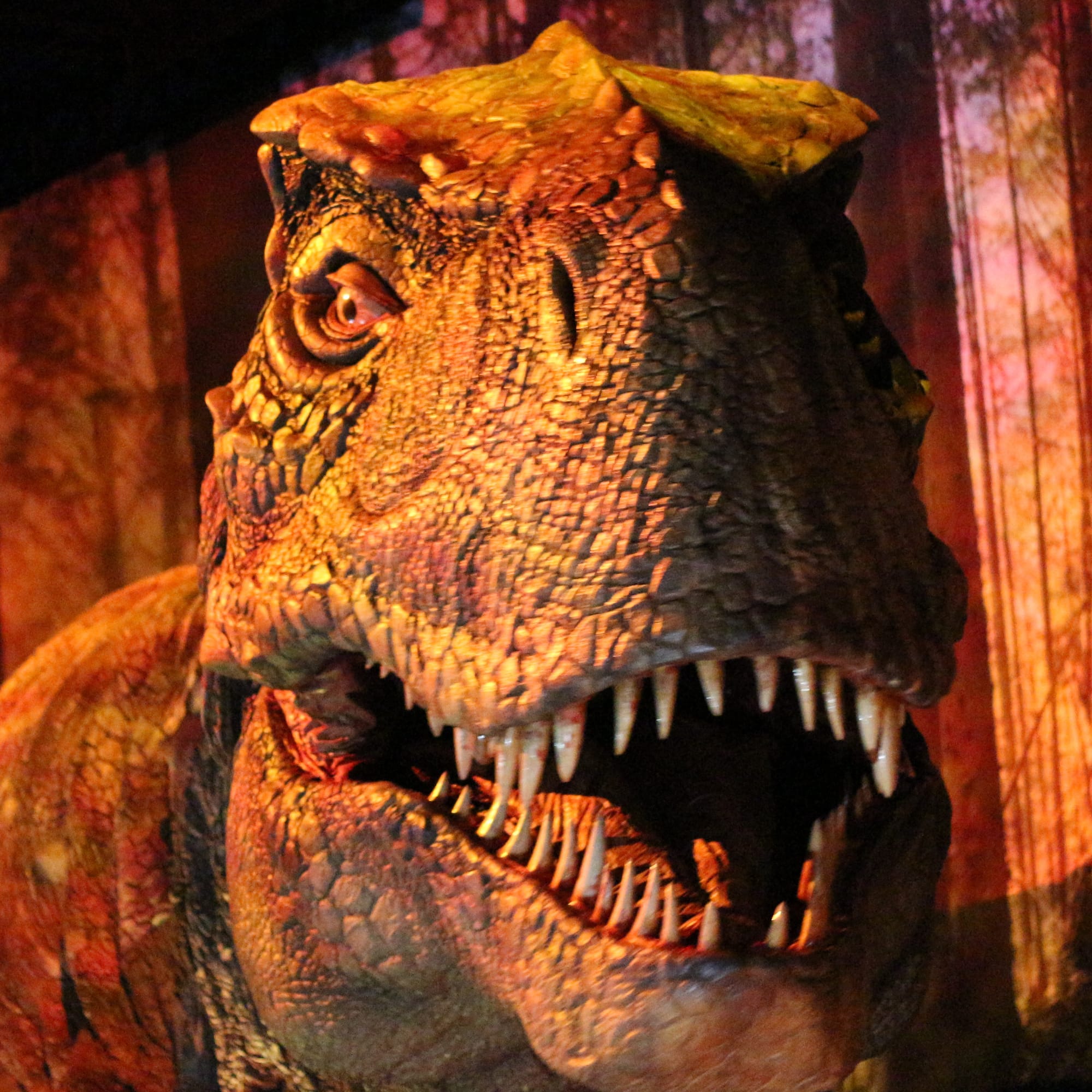A walk through science fiction
🔗 [SYSTEM UPDATE] Link found. Timestamp incremented on 2025-11-26 13:55:13.Jurassic World: The Exhibition has arrived at Melbourne Museum. While the science may not be entirely accurate, the world of Isla Nublar is undoubtedly scaly, toothy and absolutely dino-mite.


Words and pictures by NICHOLAS KAMENIAR-SANDERY
It lacks dinosaur feathers, but it has everything else an enthusiast could want. The Jurassic World Exhibition, running this year from March to October, opened to the public at Melbourne Museum last weekend. While the stars Chris Pratt and Bryce Dallas Howard don’t make an appearance, the exhibition is most certainly worth a look.

The exhibition puts giant life-like animatronic dinosaurs on display on a short walk through the world of the 2015 blockbuster film of the same name. A few things are for sure: the prehistoric forests are lush, the sound effects are enthralling and the beasts are dino-mite.

Upon entry, visitors are greeted as "VIP guests" arriving on a virtual ferry at the Jurassic World park. They are required to cross the gate and enter a world where the fences have been breached and no one knows what may be lurking around the next corner.

They cross the gate to be greeted by a towering brachiosaurus. After peering at the timid parasaurolophus through the leaves, a pachyrhinosaurus mother can be seen standing guard over her offspring.

Once visitors have encountered the docile herbivores, they make their way through the clinical genetics laboratory.

Here they can interact with informational screens and unleash their inner nerdosaurus rex by designing their own dinosaurs.

On the other side of the genetics lab, things take a more dangerous turn as the visitors come face-to-face with an enormous tyrannosaurus rex. It enters with a crack of lightning and puts on a fearsome display, pushing a car with its colossal head. It’s heart-stopping stuff.

The Jurassic World movie’s fictional genetically engineered dinosaur, the indominus rex, makes an explosive appearance at the tail end of the exhibit, emerging to the cue of action-movie chase- scene music, gunfire sound effects, and ferocious roars.

Visitors have been enthralled with the immersion of the exhibition. “The T-rex was definitely the scariest part,” one visitor said.

Another visitor said: “I didn’t come to see metal and cheap plastic. I came to see real dinosaurs, and I was not disappointed.”

Montana State University palaeontologist Jack Horner was named a collaborator with Melbourne Museum in making the exhibition. However, he says scientific accuracy and education isn’t the exhibition’s highest priority.

“The exhibit company [Melbourne Museum] had to run virtually everything past Universal, and much of what I would have liked to have added was not allowed, such as feathery, colorful dinosaurs,” Mr Horner said. “We did add some pretty interesting science to it, but some is never as much as any of us would like to see.”
The exhibition lasts until October. Tickets can be booked through Melbourne Museum.





